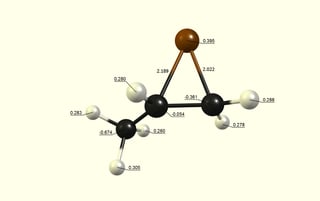Recently, in my chemistry lesson, we were discussing the mechanism of the bromination of alkenes. The teacher brought up the involvement of the cyclic bromonium intermediate. She also mentioned that the nucleophile attacks the more substituted carbon atom in the bromonium ion. However, this raised many questions among my classmates. Firstly, based on steric reasons, the nucleophile is more likely to attack the less-substituted carbon since there is less hindrance. Hearing this, the teacher then said that the reason for the preference is based on electronic factors. However, this makes little sense as well, considering that the presence of more alkyl groups will decrease the partial positive charge on the more substituted carbon, making it less attractive to the nucleophile (be it $\ce {Br^-}$ or $\ce {H2O}$).
I went to seek clarification by looking at more authoritative texts, such as Advanced Organic Chemistry: Part A: Structure and Mechanisms by Carey and Sundberg, as well as Guidebook to Mechanism in Organic Chemistry by Peter Sykes. However, they were citing very weird reasons that were not very intuitive. Here are some extracts from relevant chapters of the two texts:
From the former,
Unsymmetrical alkenes nevertheless follow the Markovnikov rule because the partial positive charge that develops is located predominantly at the carbon that is better able to accommodate an electron deficiency...
From the latter,
With an unsymmetrical alkene, e.g. 2-methylpropene (32), the more heavily alkyl-substituted carbon will therefore be preferentially attacked by the residual nucleophile, $\ce {Cl^-}$.
Why do the alkyl groups result in greater cationic character when they are in fact, electron releasing?



